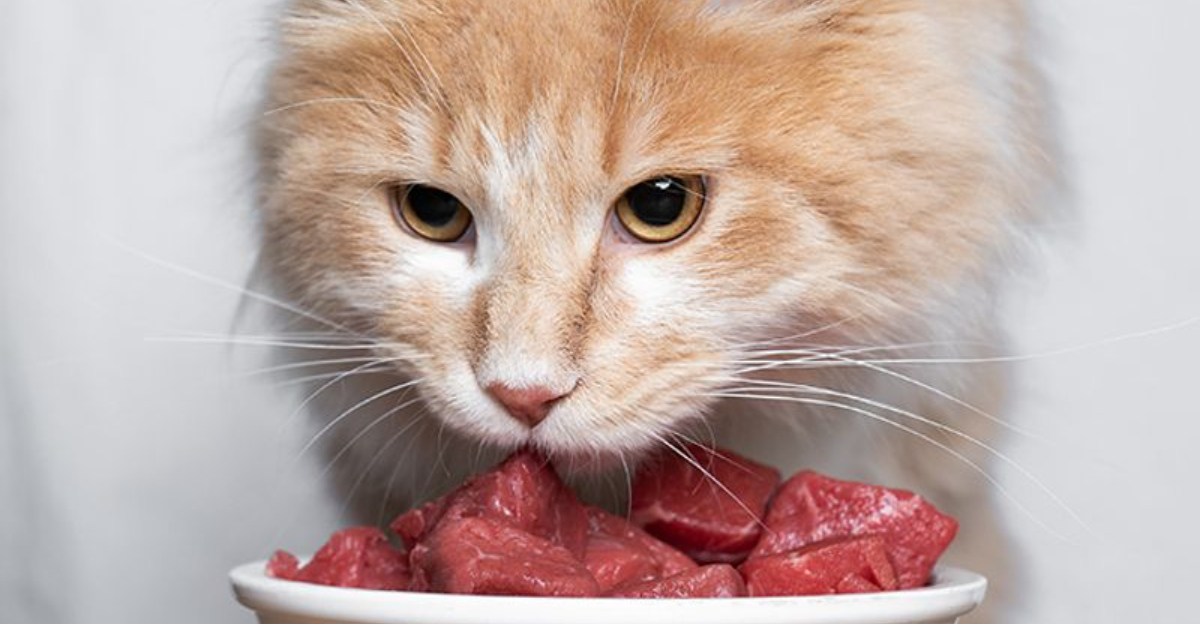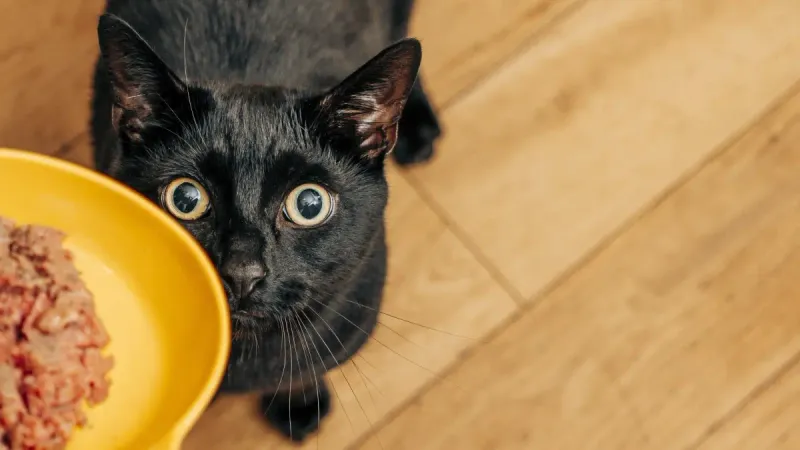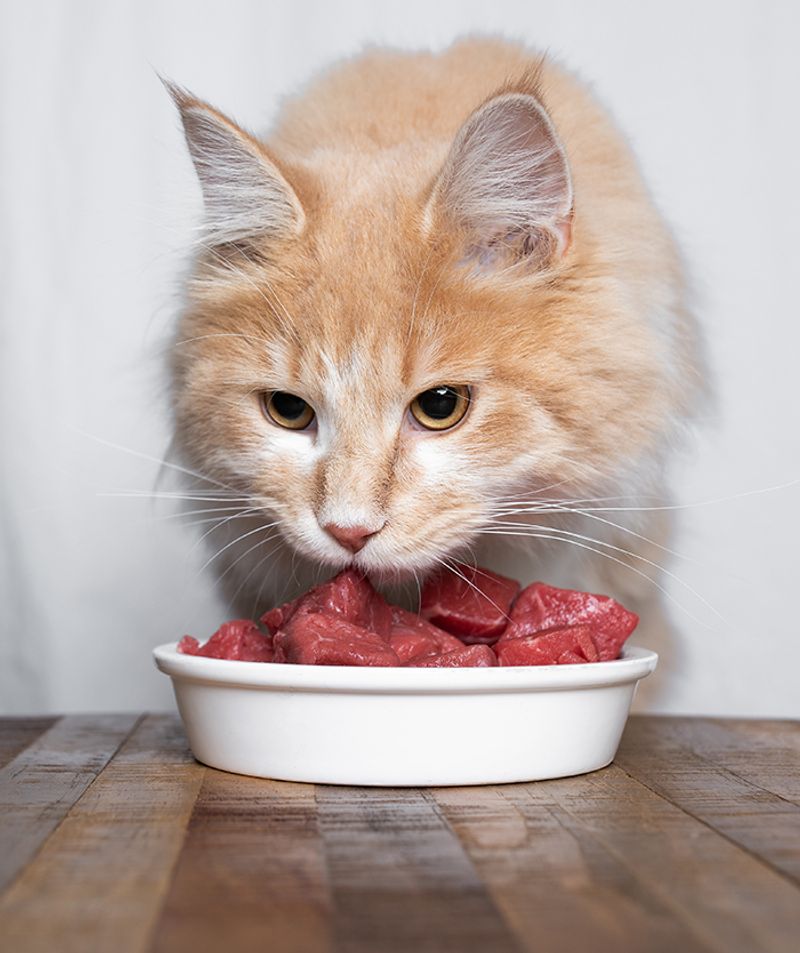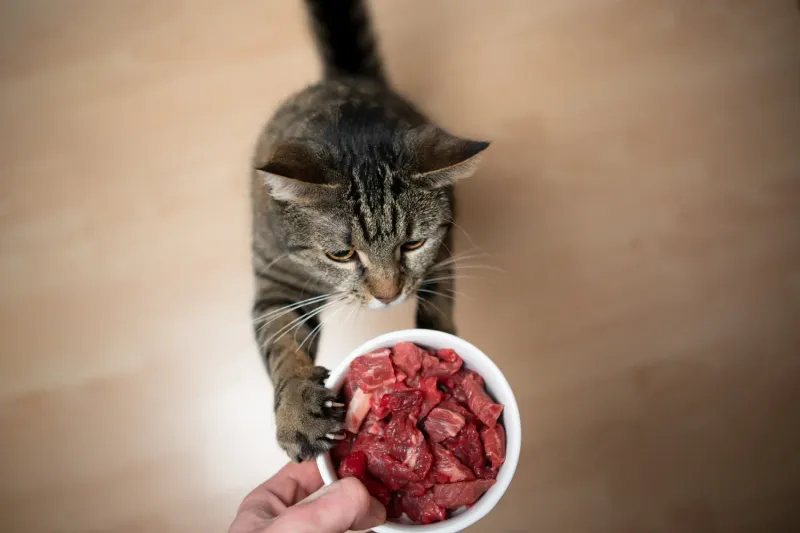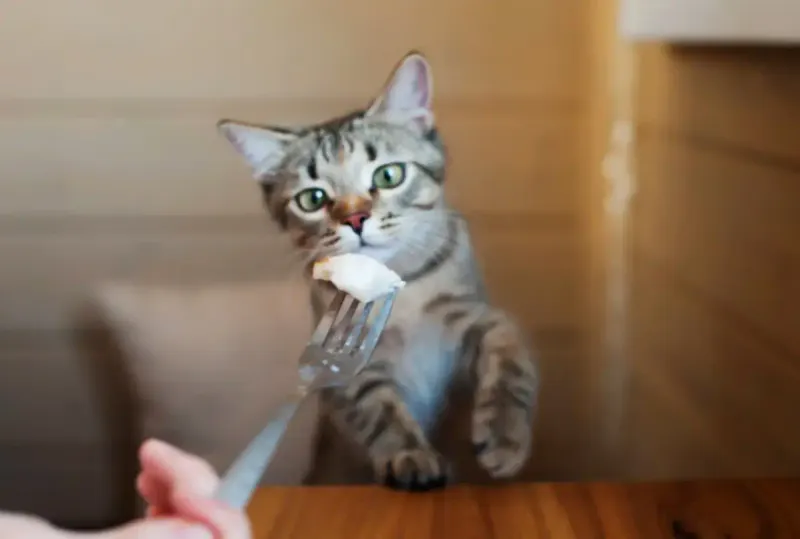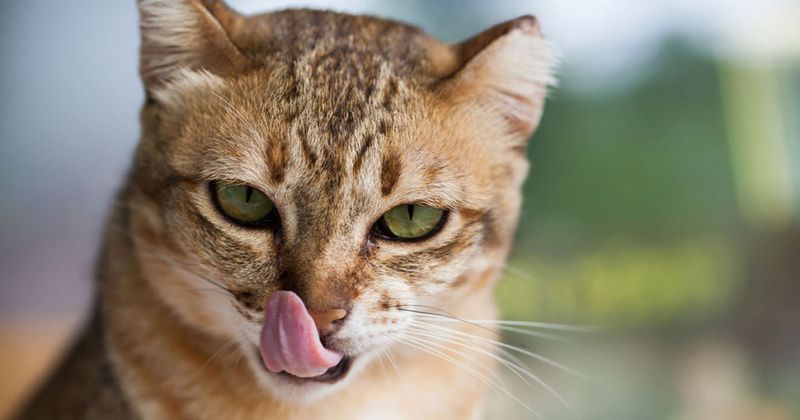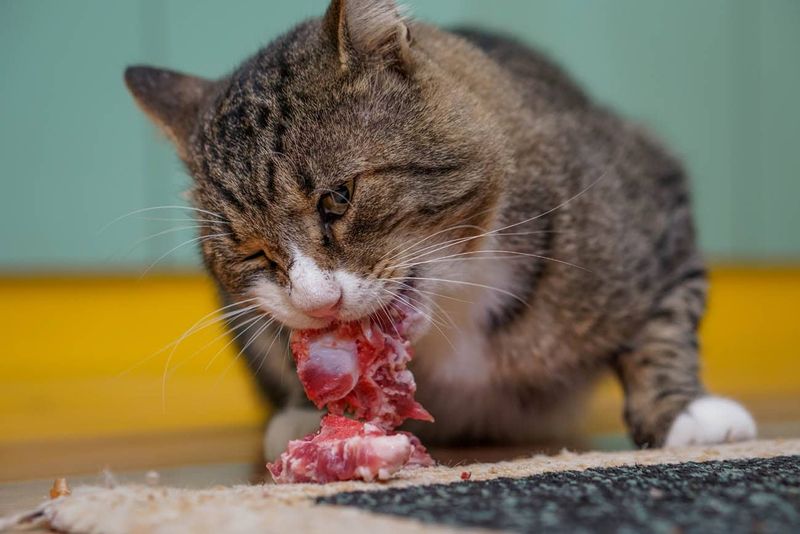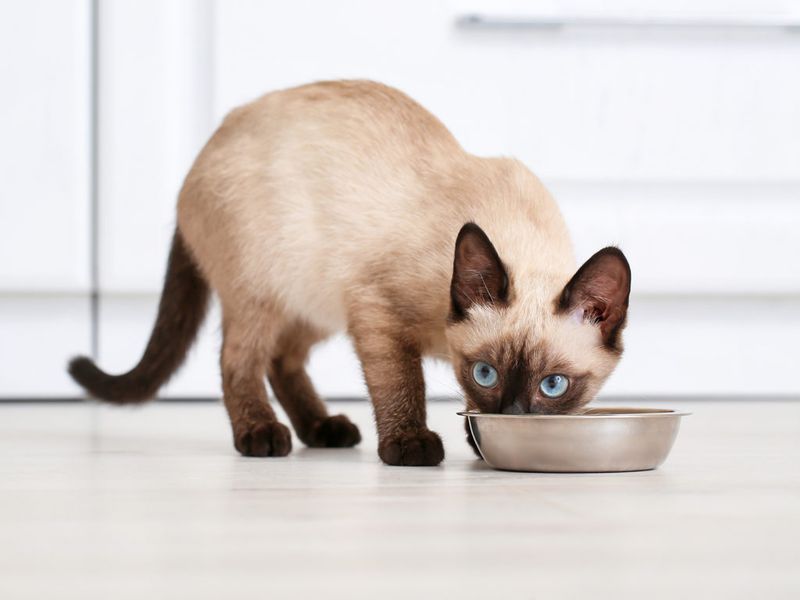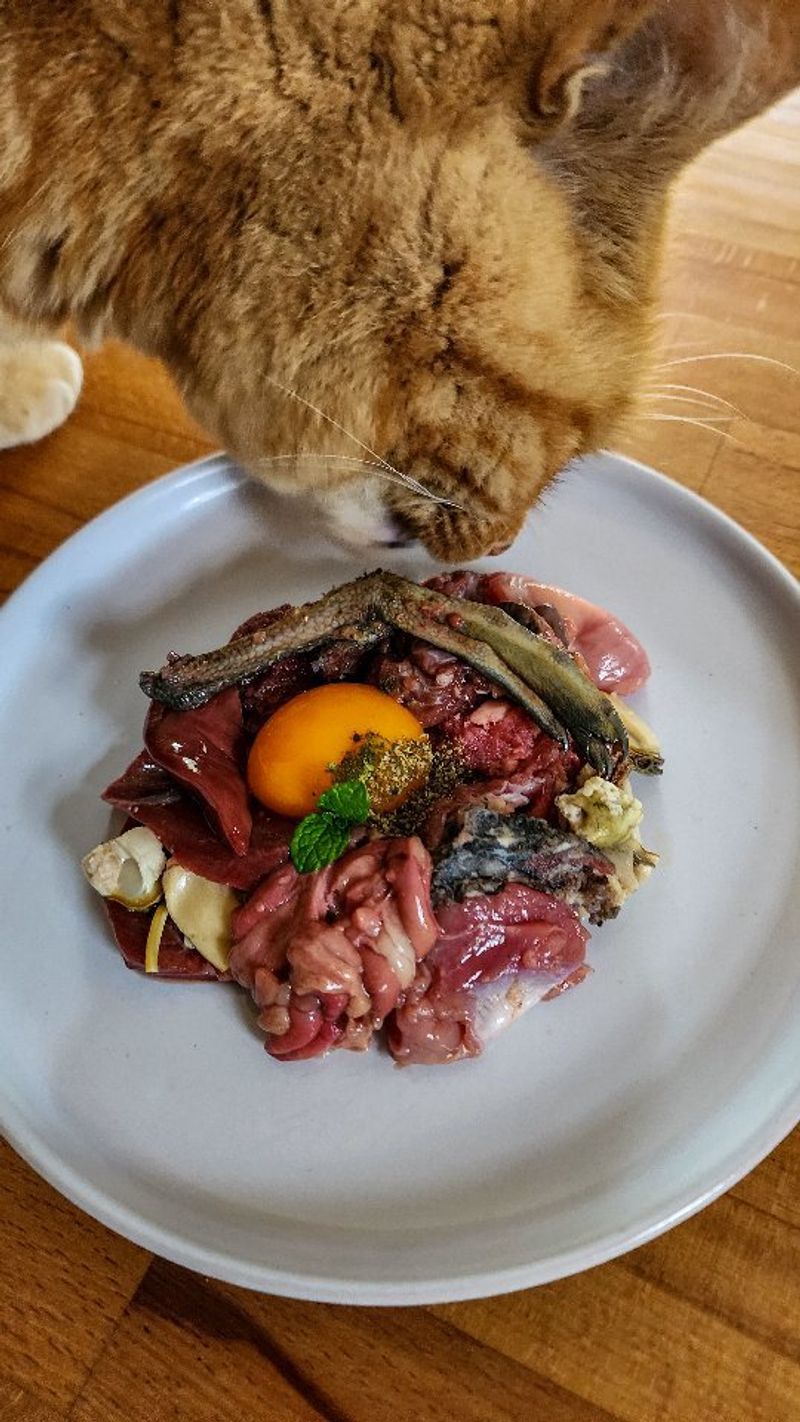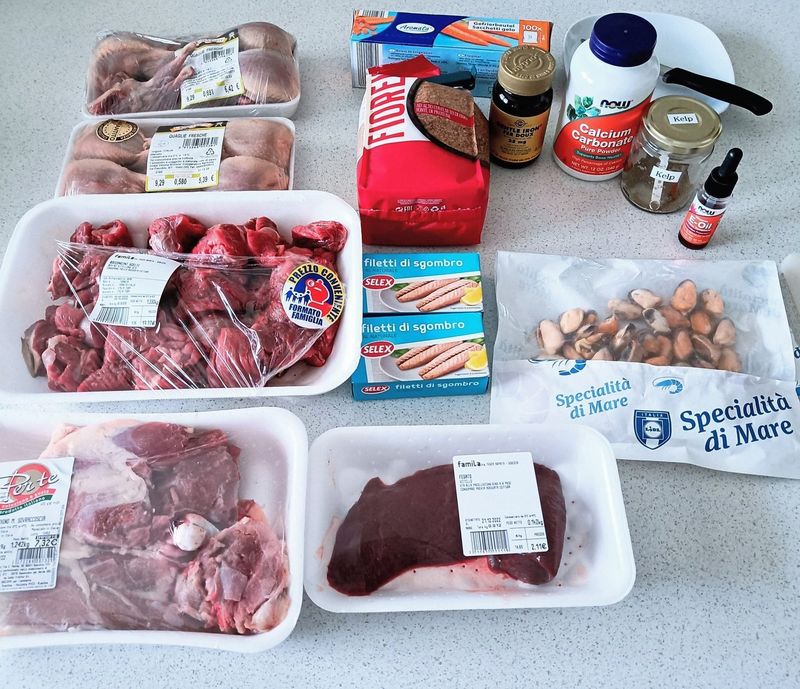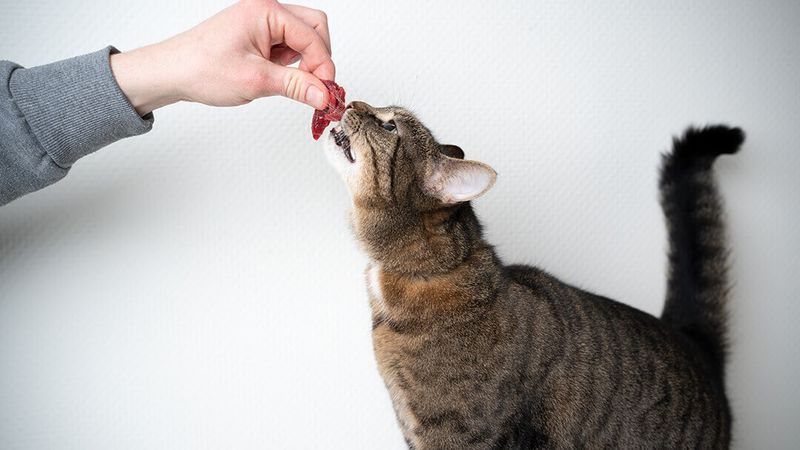📖 Table of Content:
In recent years, raw diets for cats have surged in popularity among pet owners seeking a more natural approach to feline nutrition. The appeal is clear: many believe that feeding raw closely mirrors what cats would eat in the wild—unprocessed meats, bones, and organs. As obligate carnivores, cats thrive on animal protein, and this diet aims to align with their evolutionary biology.
However, just like any major dietary decision, transitioning to a raw diet comes with both benefits and risks. While some pet parents report healthier coats, more energy, and fewer digestive issues, others express concerns about food safety and nutritional imbalances. With such a strong divide in opinion, it’s essential to weigh both sides before making a choice that impacts your cat’s health and wellbeing.
This article explores five compelling advantages and five important drawbacks of feeding your cat a raw diet. Each point is unpacked in depth to help you better understand what such a nutritional shift entails. Whether you’re already a raw feeder or just starting your research, this guide aims to give you a balanced, informative look at the practice.
1. Improved Coat & Skin Health
Shiny coats and reduced skin irritation are often among the first noticeable changes in cats fed a raw diet. Nutrient-dense animal fats, especially from fish and organ meats, contribute essential omega-3 fatty acids that nourish the skin from within. This increased intake of healthy fats can reduce dandruff, itching, and dryness. In contrast to some dry foods that contain fillers and byproducts, raw diets focus on whole animal ingredients that offer clean, bioavailable nutrition. A raw-fed cat may also shed less due to healthier skin and fur growth cycles. With consistent feeding, some owners report a visible difference in just a few weeks. The results can be both aesthetic and a marker of internal wellness.
2. Mimics Ancestral Diet
Reflecting a cat’s natural instincts, raw diets are designed to emulate the way felines eat in the wild. Unlike dogs, cats are obligate carnivores, which means their bodies are biologically adapted to process meat and animal tissue almost exclusively. Feeding raw can support this innate biology by avoiding processed carbs and focusing on fresh, high-protein meals. Animal bones and organs also supply nutrients cats would never get from kibble alone. Many raw feeders find that their cats display heightened satisfaction and reduced begging behavior. Rather than relying on artificial flavorings, the appeal of raw comes from the real taste and texture of meat. It’s a return to nature, plate by plate.
3. Better Digestive Health
Digestive improvement is another compelling reason many pet owners opt for raw diets. By eliminating grains, soy, and chemical preservatives, raw meals reduce potential allergens and irritants. The result? Firmer stools, fewer litter box odors, and less bloating. Cats with chronic digestive issues or food sensitivities may experience noticeable relief when switched to a raw regimen. Raw meat is generally easier for cats to break down compared to overly processed commercial food. Over time, a healthier gut can also lead to better nutrient absorption and a stronger immune response. For cats that frequently vomit or struggle with diarrhea, raw food can offer a fresh start.
4. Increased Energy Levels
Energetic bursts and sharper awareness are often reported in raw-fed cats, especially in the weeks after transitioning. Enhanced energy levels are believed to come from cleaner, more efficient sources of protein and fat. The absence of artificial preservatives, flavorings, and sugars may also help eliminate sluggishness caused by commercial pet food. More natural fuel can lead to playful behavior and even improved muscle tone. In some older cats, the difference in agility and movement becomes striking. Such vitality not only benefits your cat’s daily life but can also lead to improved long-term health. It’s not uncommon for cats to act years younger once they’re on a species-appropriate raw diet.
5. Cleaner Teeth
Teeth and gum health see a significant boost when raw meaty bones are part of the meal plan. Chewing on bones and cartilage acts as a natural toothbrush, scraping away plaque before it hardens. This mechanical action reduces the risk of gingivitis and periodontal disease. Without starchy kibble particles stuck between teeth, bacteria levels in the mouth can drop. Breath may also improve as the diet reduces the buildup of odor-causing bacteria. While brushing your cat’s teeth is still recommended, raw feeding adds another layer of oral care. It’s a diet that cleans while it nourishes.
1. Risk of Bacterial Contamination
Raw diets inevitably come with the risk of harmful bacteria like Salmonella, Listeria, or E. coli—for both cats and humans. Improper handling or storage of raw meat can lead to contamination, especially if sanitation practices aren’t meticulous. Cats may tolerate bacteria better than humans, but immunocompromised pets are still at risk. Cross-contamination on kitchen surfaces or feeding areas can also affect household members. For families with young children or elderly individuals, this can be a serious concern. Many veterinarians caution against raw diets for this reason alone. Safe preparation and strict hygiene are non-negotiable if you choose this route.
2. Nutritional Imbalance
Formulating a balanced raw diet is far more complex than it might initially seem. Without guidance from a veterinary nutritionist, it’s easy to overdo or under-supply critical nutrients like taurine, calcium, and phosphorus. An imbalance could lead to deficiencies that affect heart, bone, or organ health. For instance, feeding only muscle meat without organs or bones lacks the nutrients needed for full-body maintenance. Even pre-made raw mixes might not meet all your cat’s dietary requirements unless properly supplemented. This makes regular bloodwork and health monitoring essential. Over time, small imbalances can snowball into significant health problems.
3. Time-Consuming to Prepare
Unlike scooping kibble into a bowl, raw feeding demands preparation and planning. Sourcing high-quality meats, dividing them into meals, and storing them correctly can take considerable time. Some owners spend hours every week grinding, portioning, and cleaning. There’s also the added stress of rotating protein sources to provide nutritional variety. If you travel frequently or have a busy schedule, consistency might become a challenge. Not everyone has the time or interest to become a feline chef. The commitment can be overwhelming for beginners.
4. Cost
Feeding raw is rarely cheap, particularly when prioritizing organic, pasture-raised meats. Compared to commercial kibble or even premium canned food, the price per meal can double or triple. Added costs include supplements, storage containers, and possibly a separate freezer. Over time, the investment can be substantial—especially for multi-cat households. While some owners see this as a worthwhile trade-off for better health, others find it financially unsustainable. Budget-conscious pet parents may struggle to maintain the quality required for a safe raw diet. Cost can be a deal-breaker despite good intentions.
5. Not Ideal for All Cats
Certain cats simply don’t thrive on raw, regardless of its potential benefits. Kittens, senior cats, and those with compromised immune systems might face health risks from bacteria or nutrient gaps. Additionally, some cats are extremely picky and refuse to eat raw food, even with gradual transitions. Veterinary conditions like kidney disease or pancreatitis may require specialized diets that raw feeding doesn’t always support. In such cases, medical-grade prescription foods may be safer and more effective. Not every cat’s physiology or personality suits raw feeding. Listening to your vet and your pet is key.
